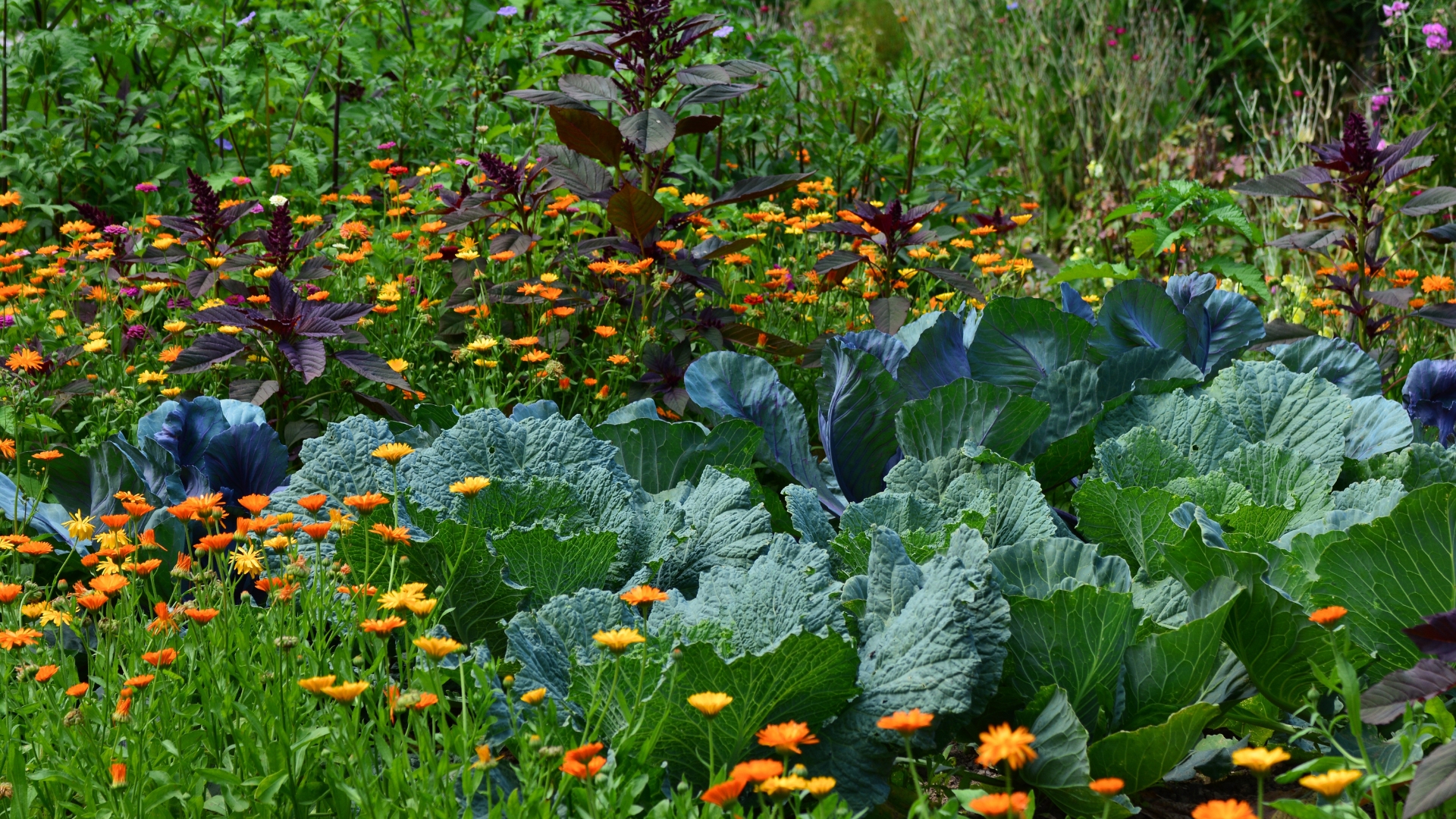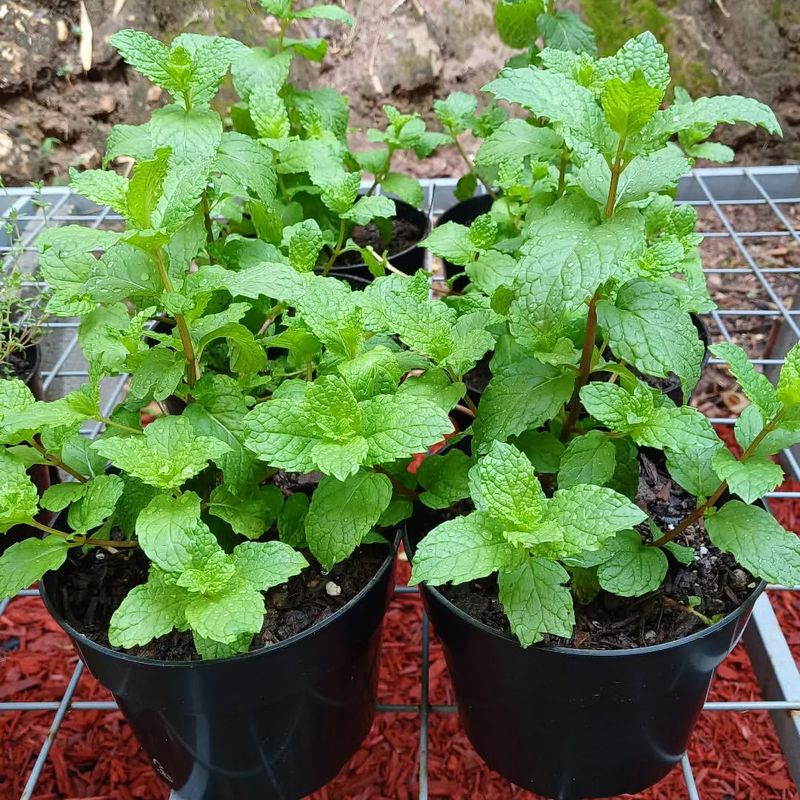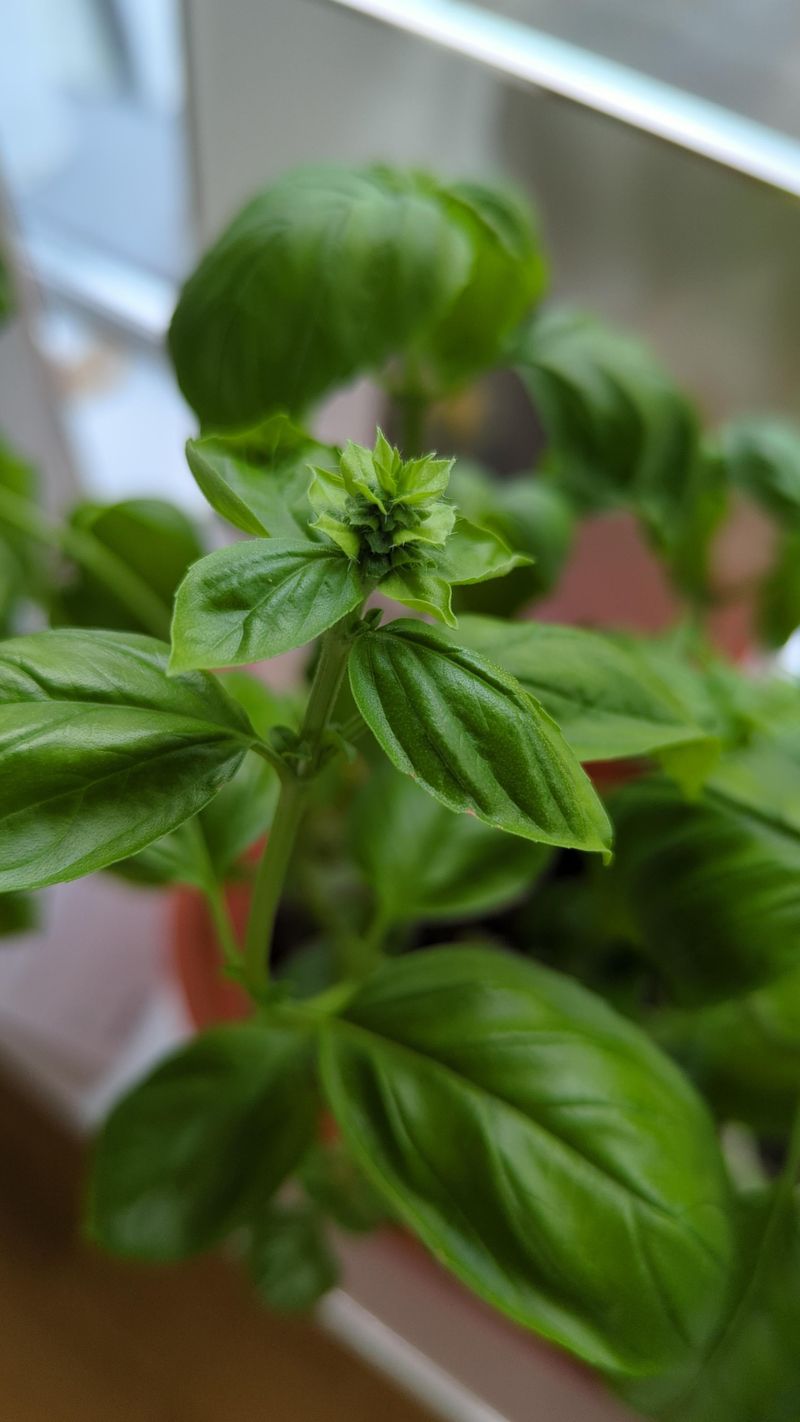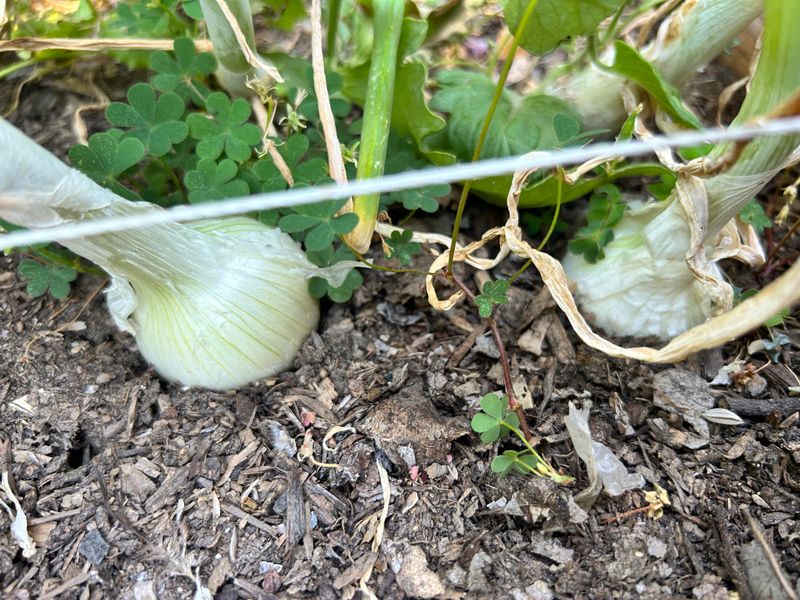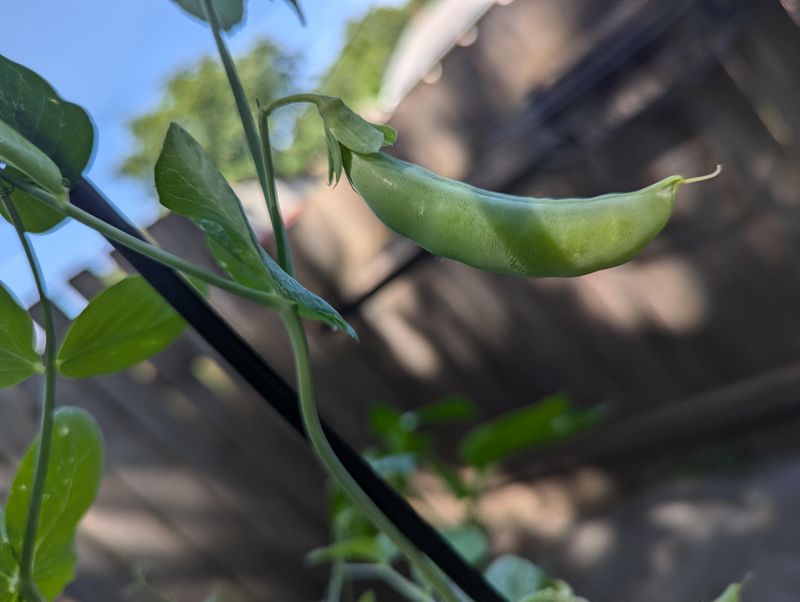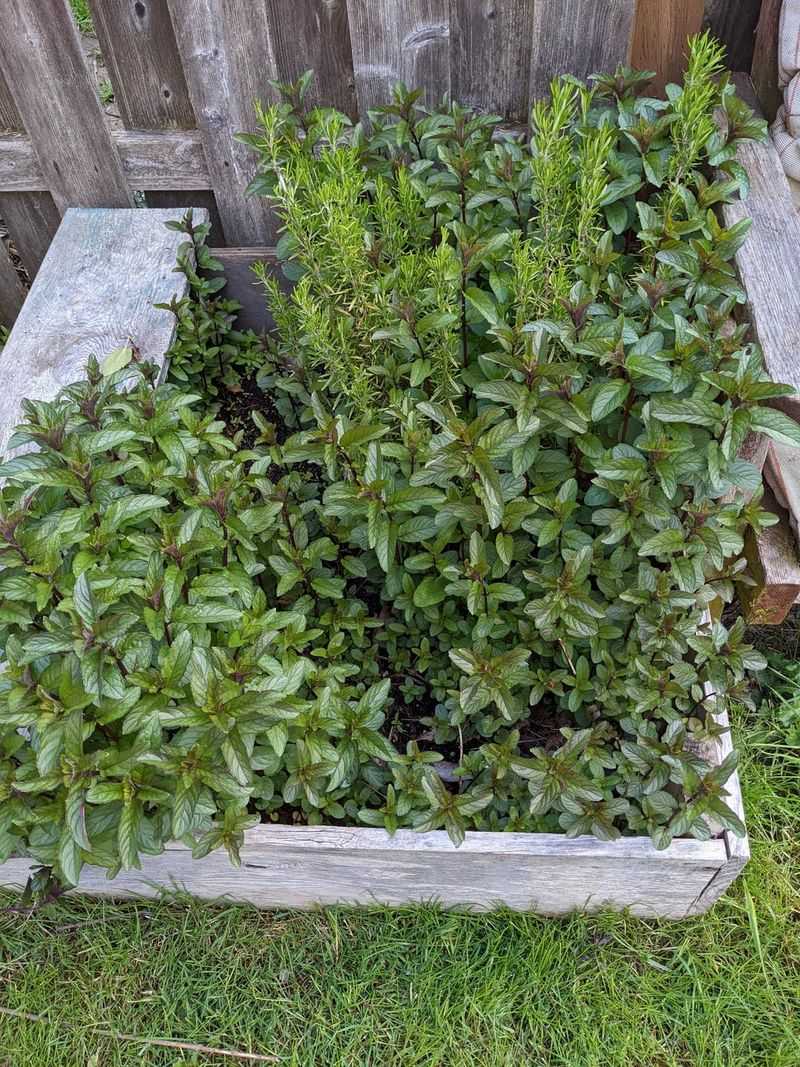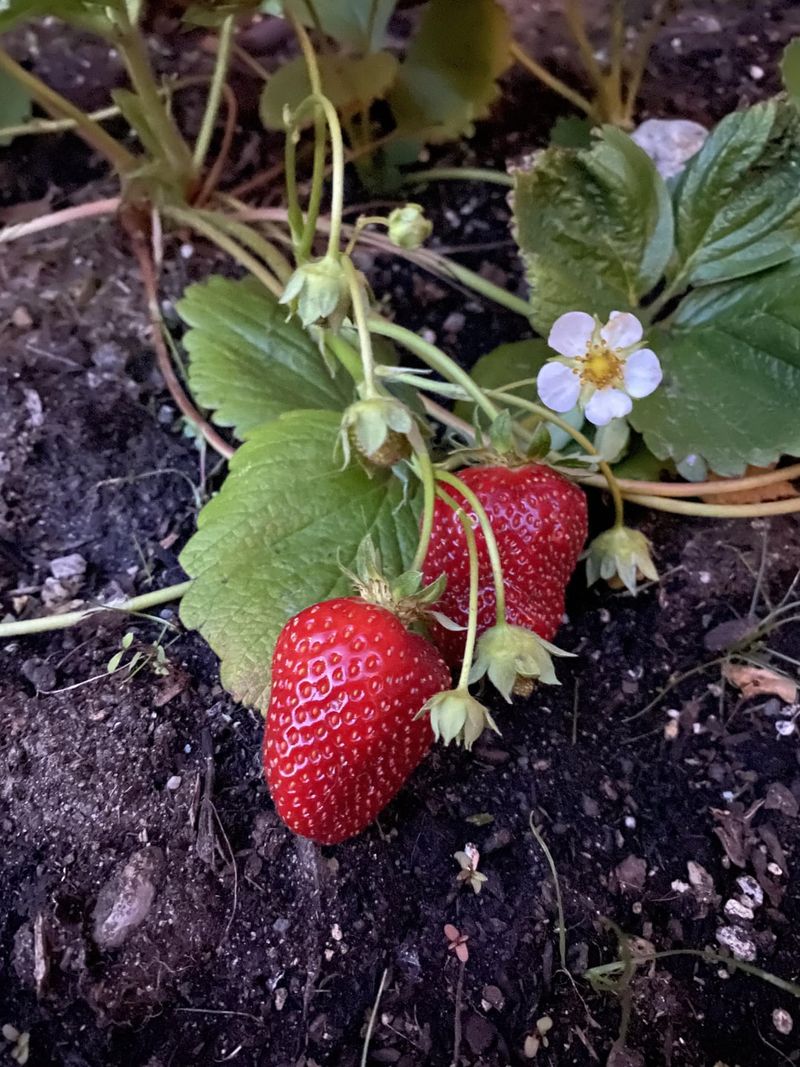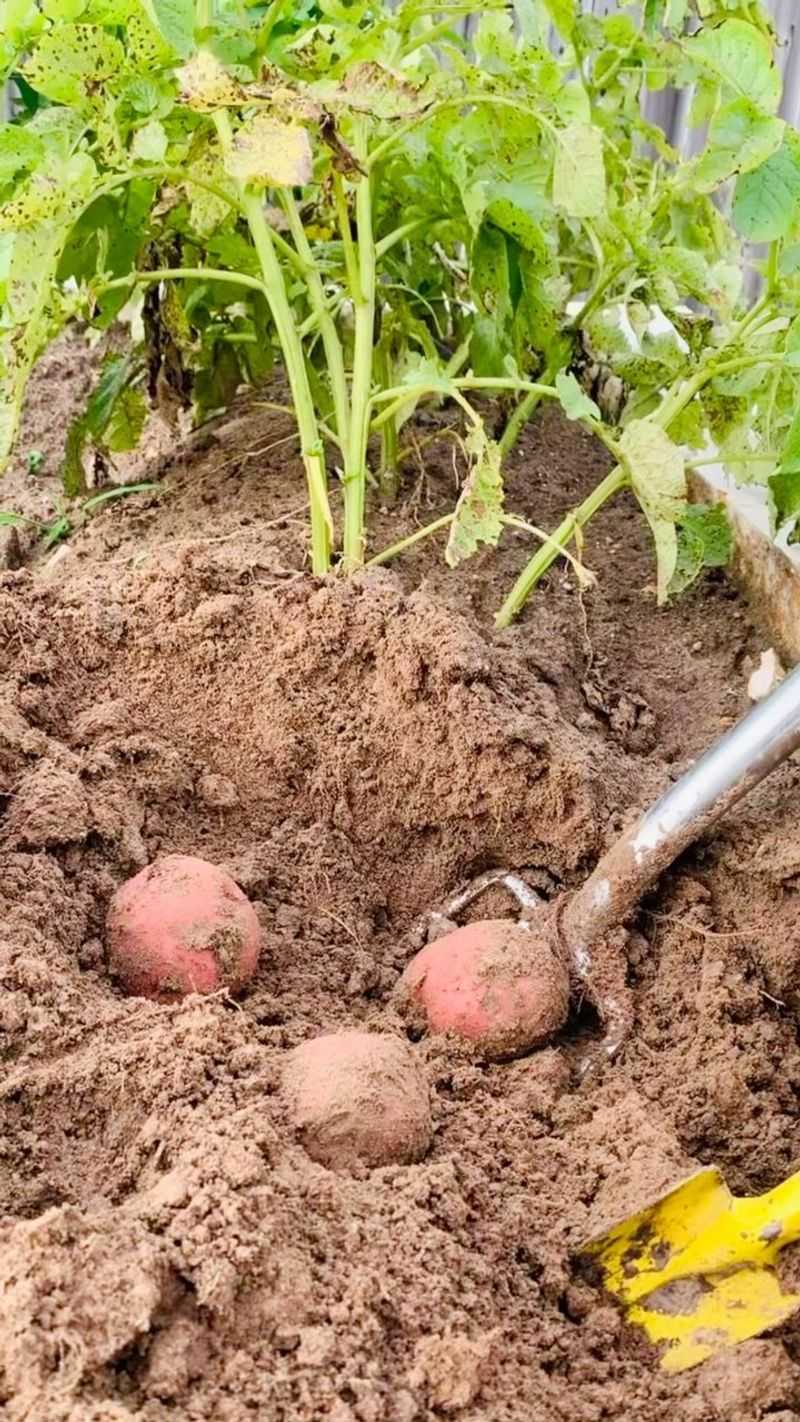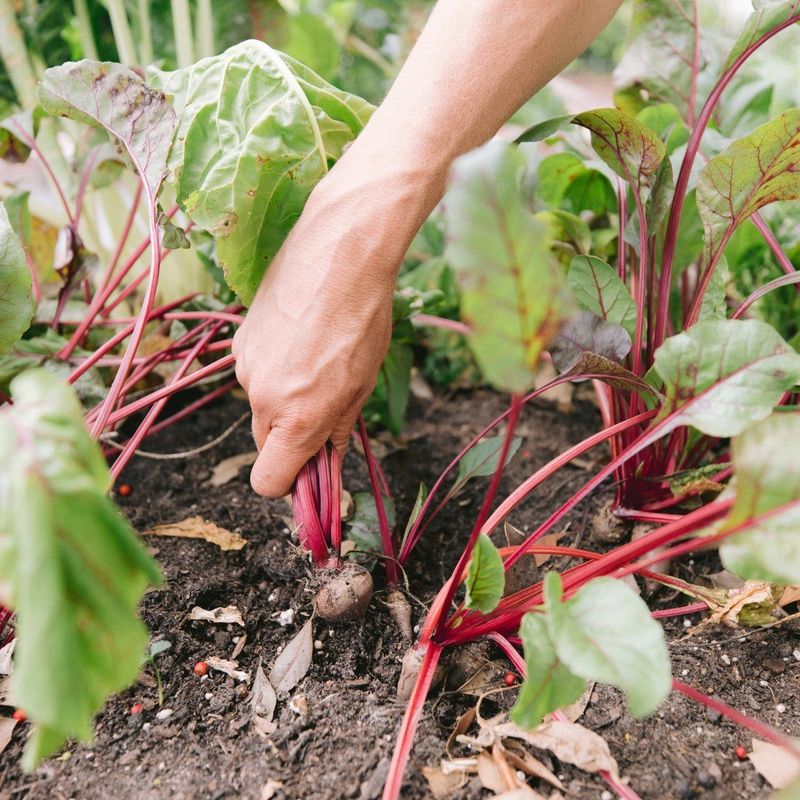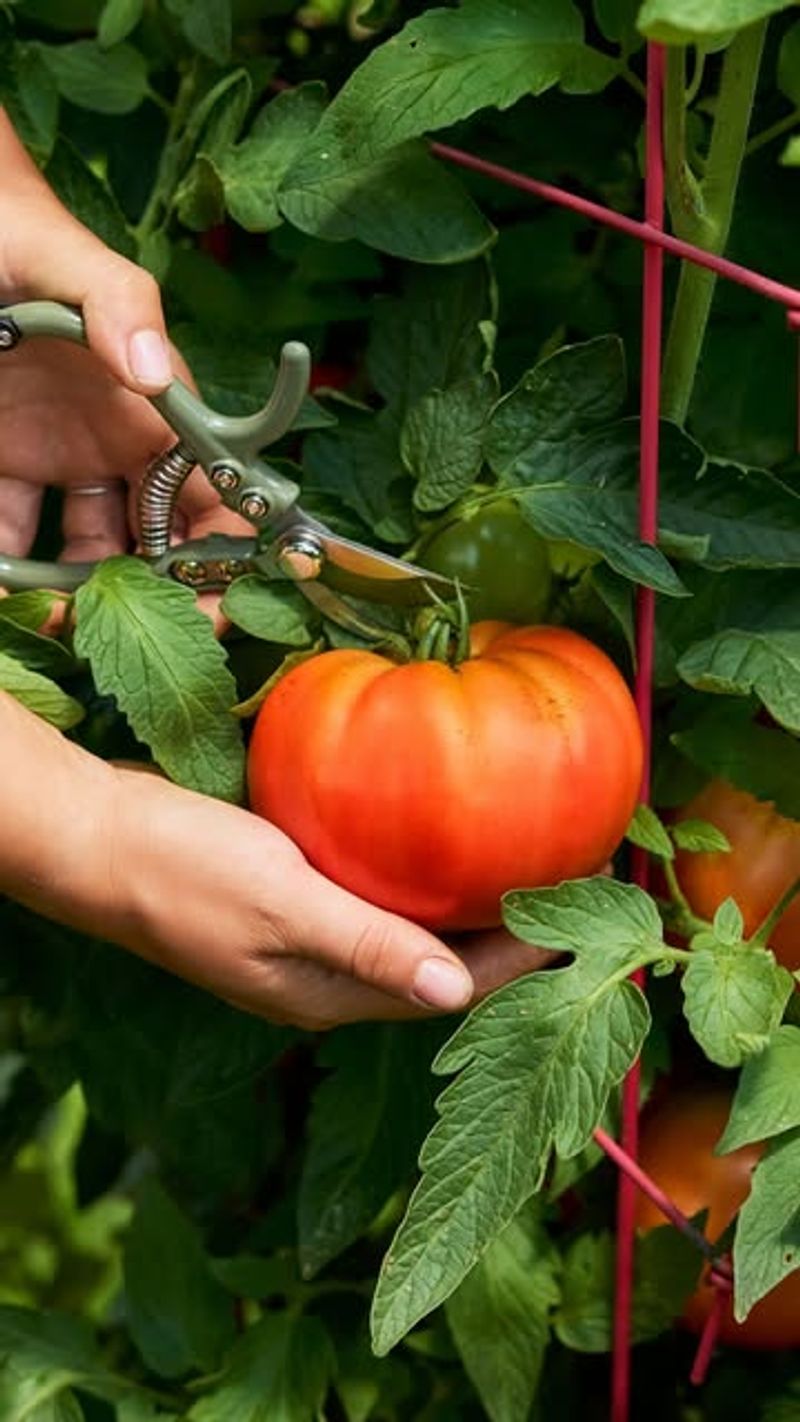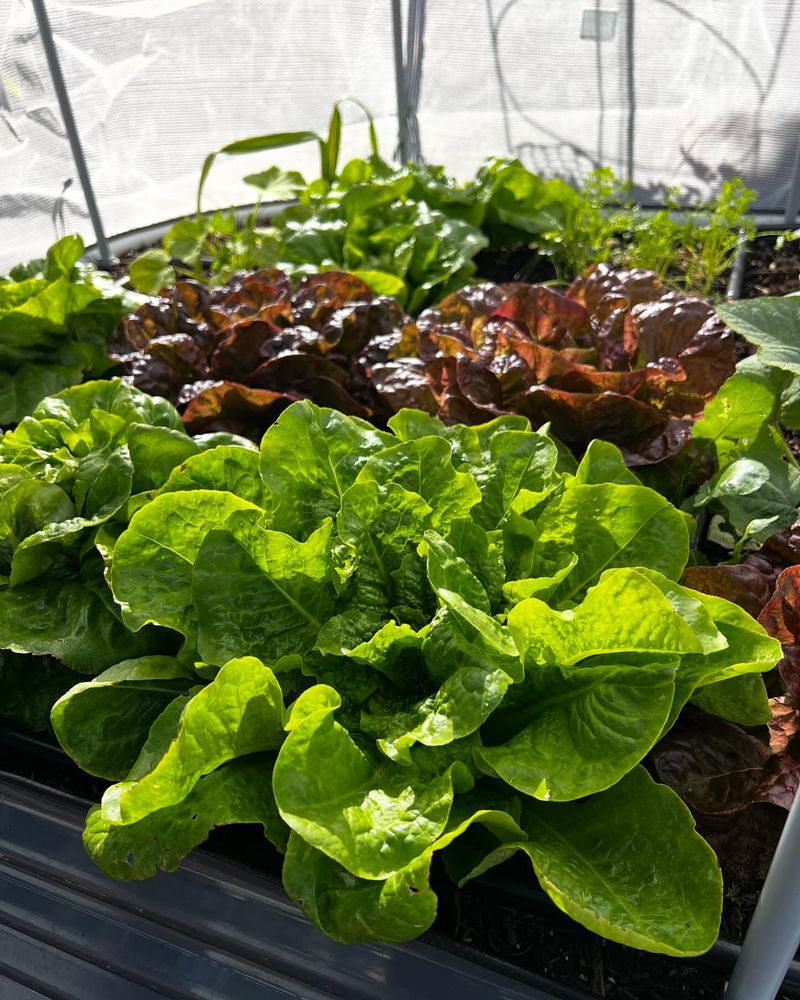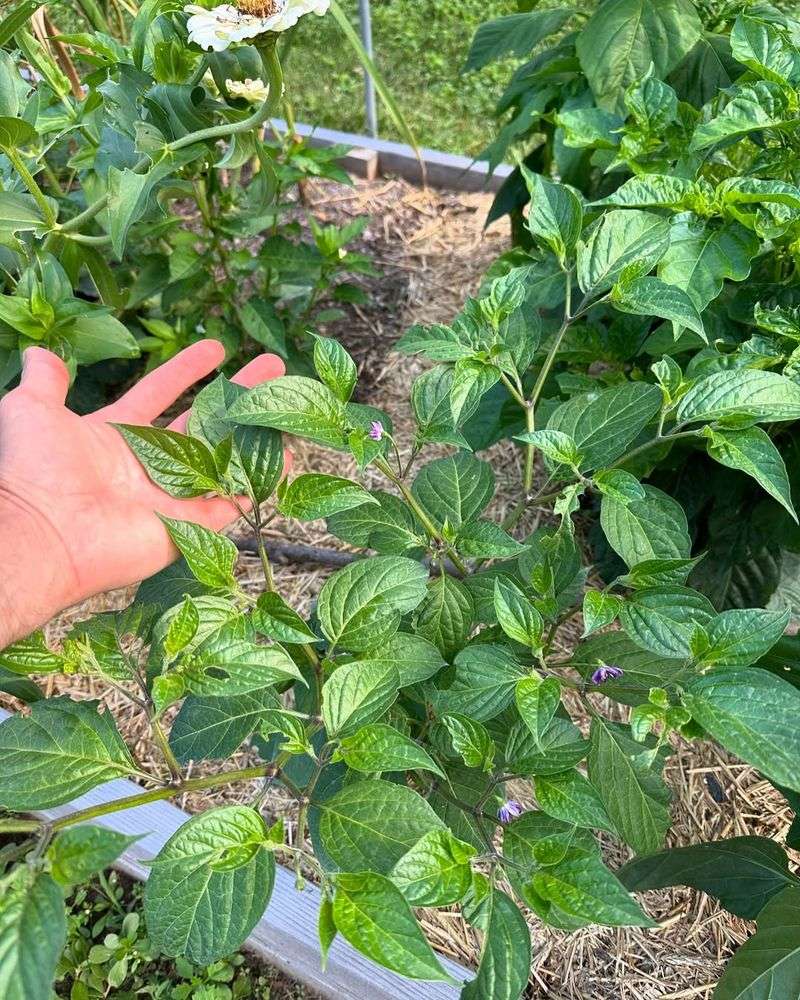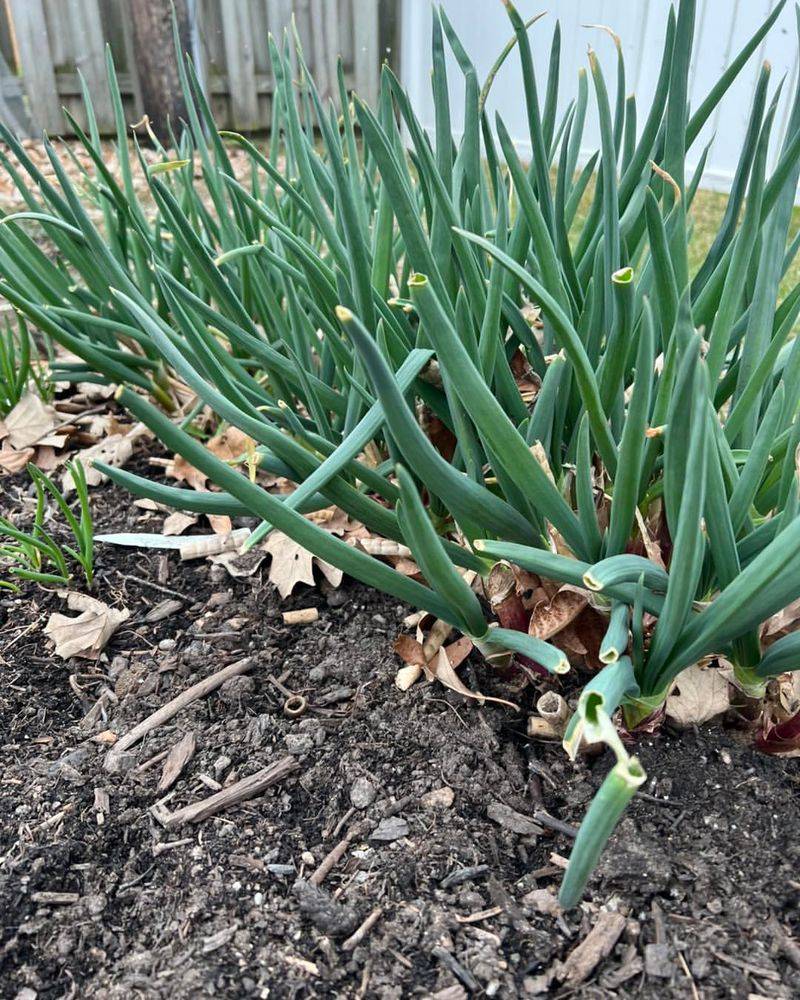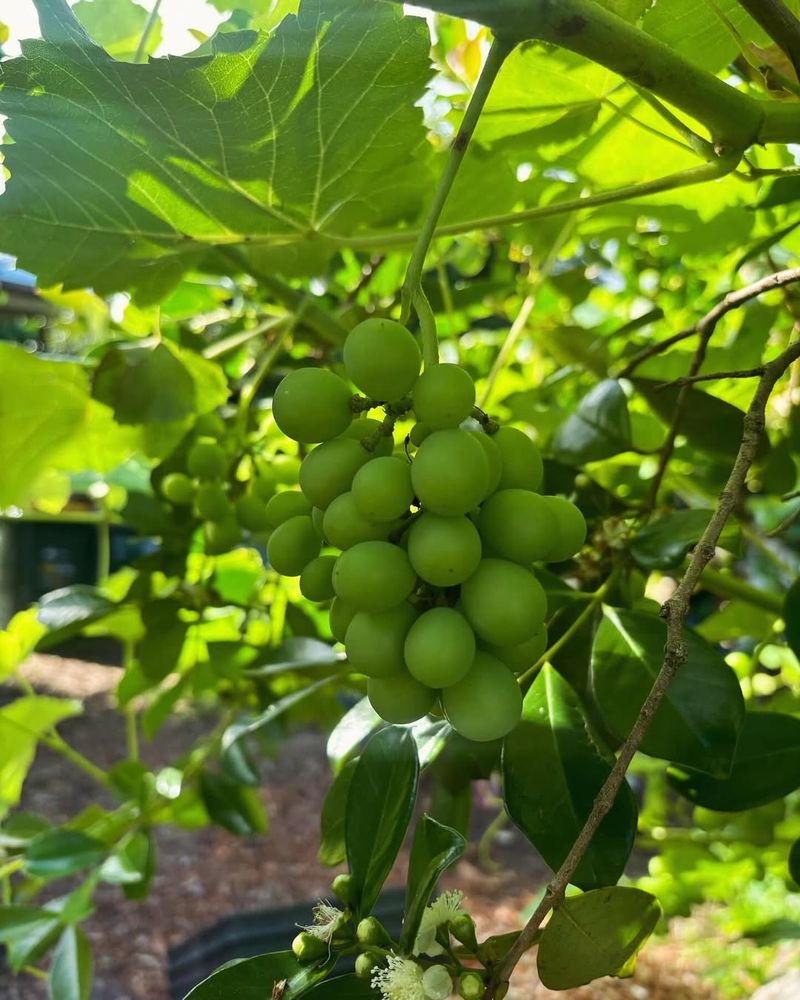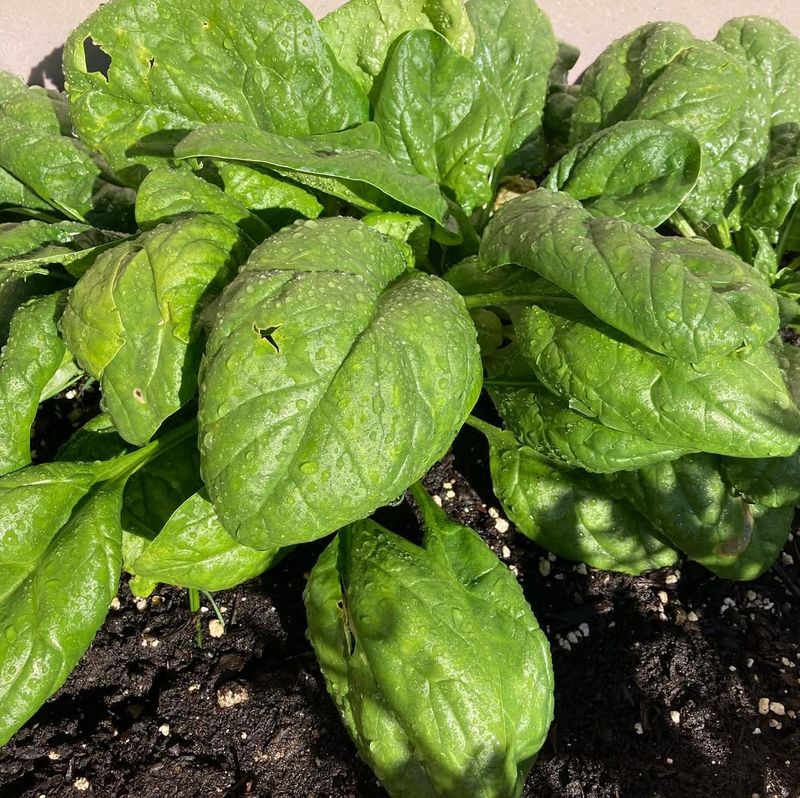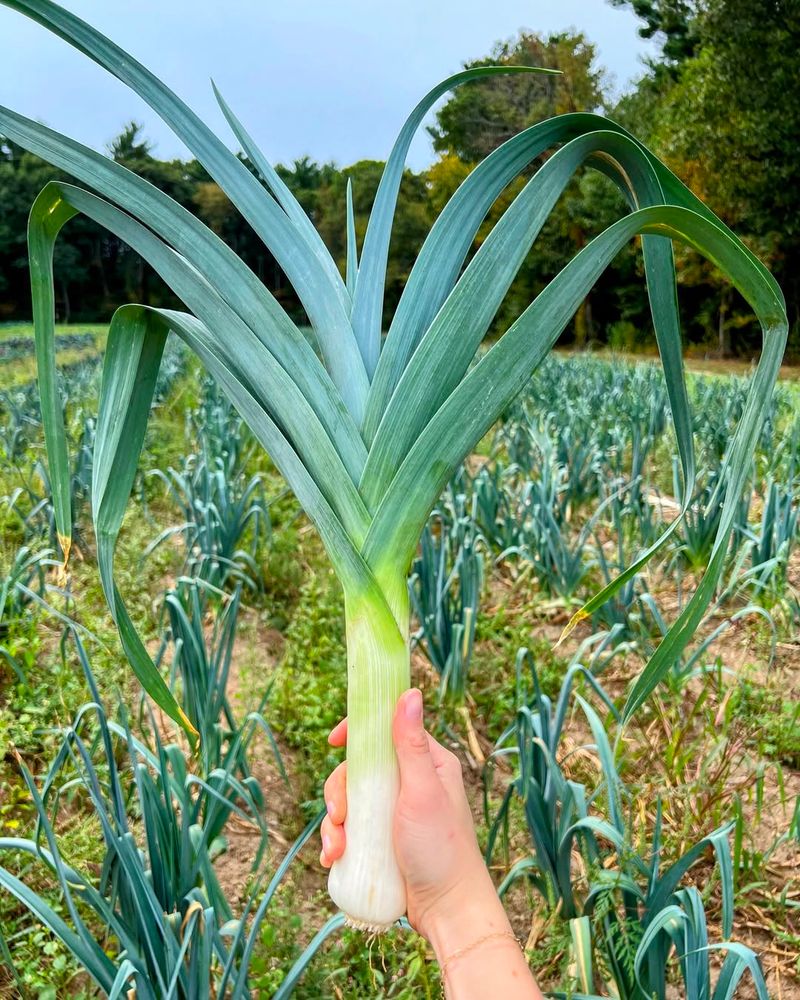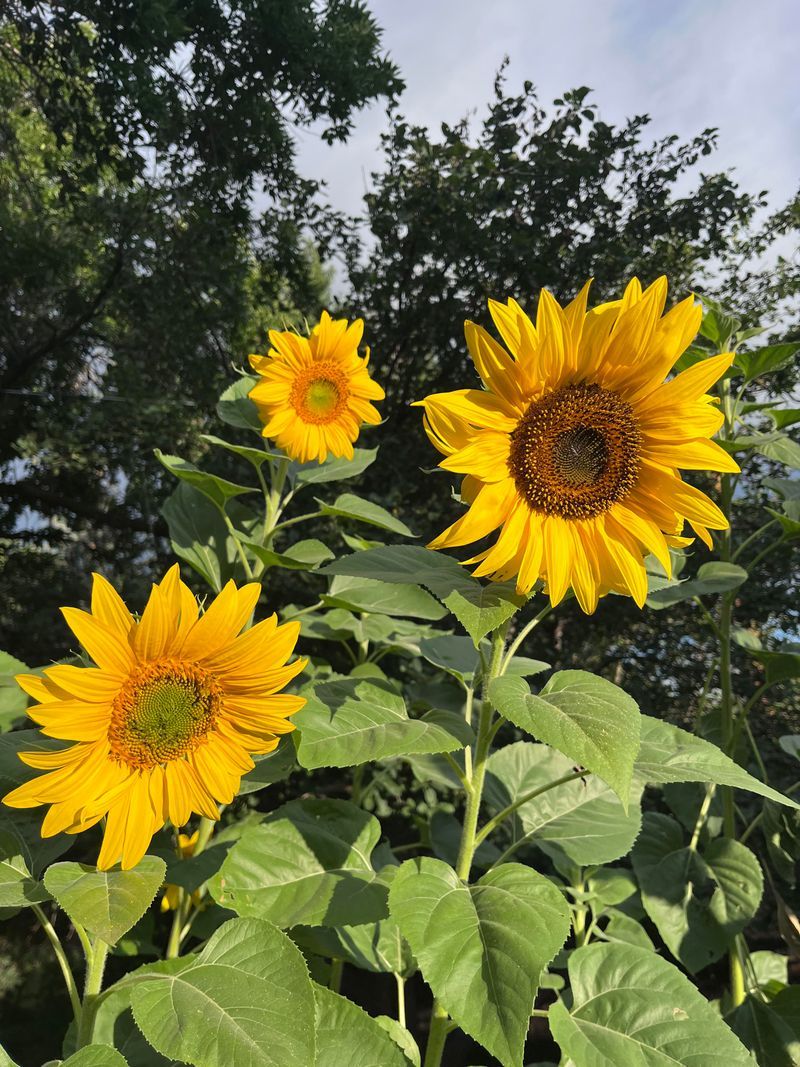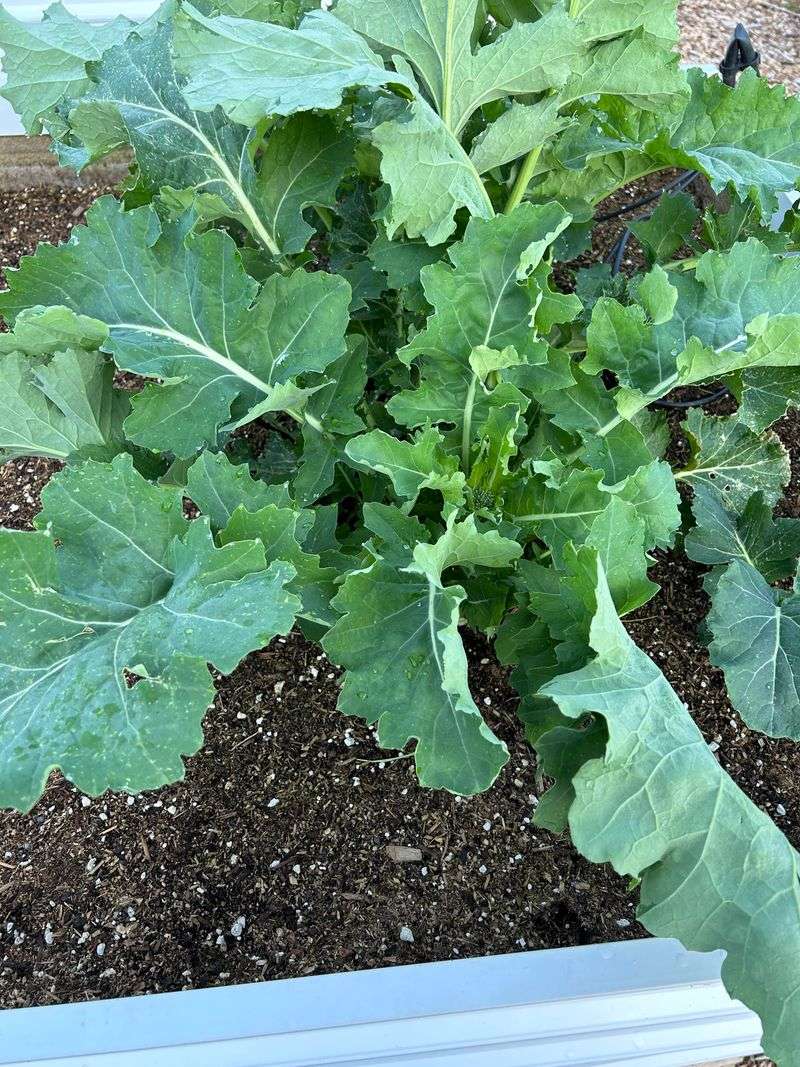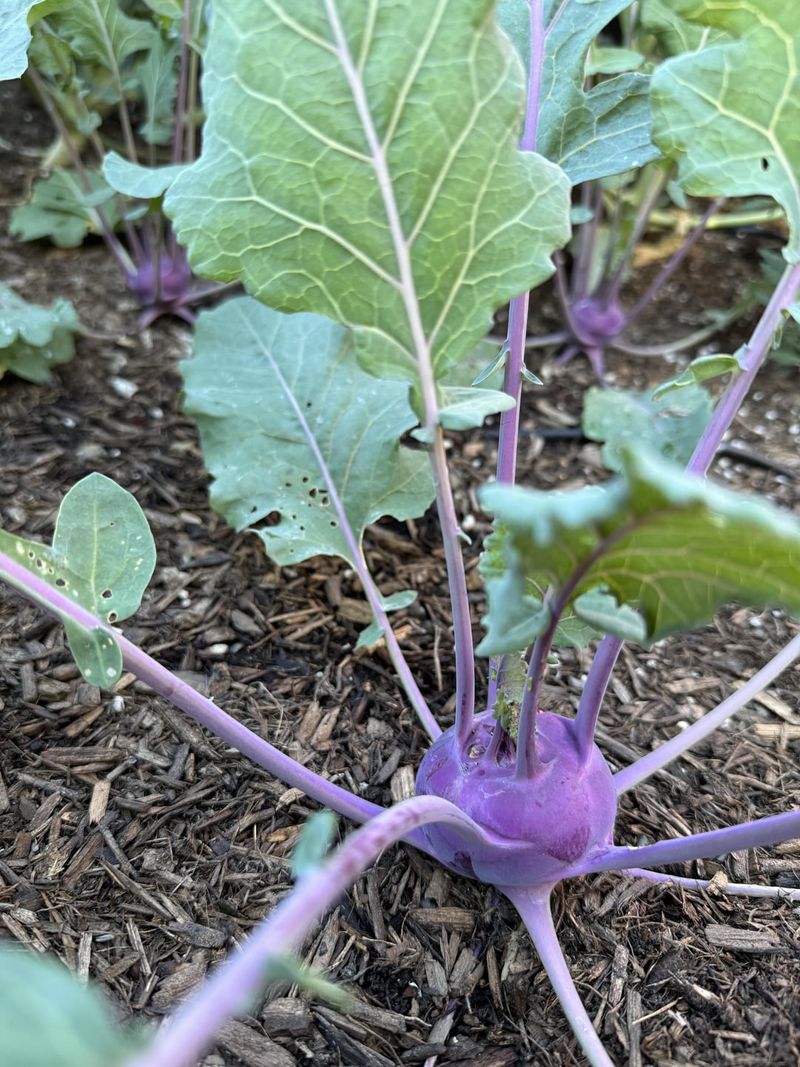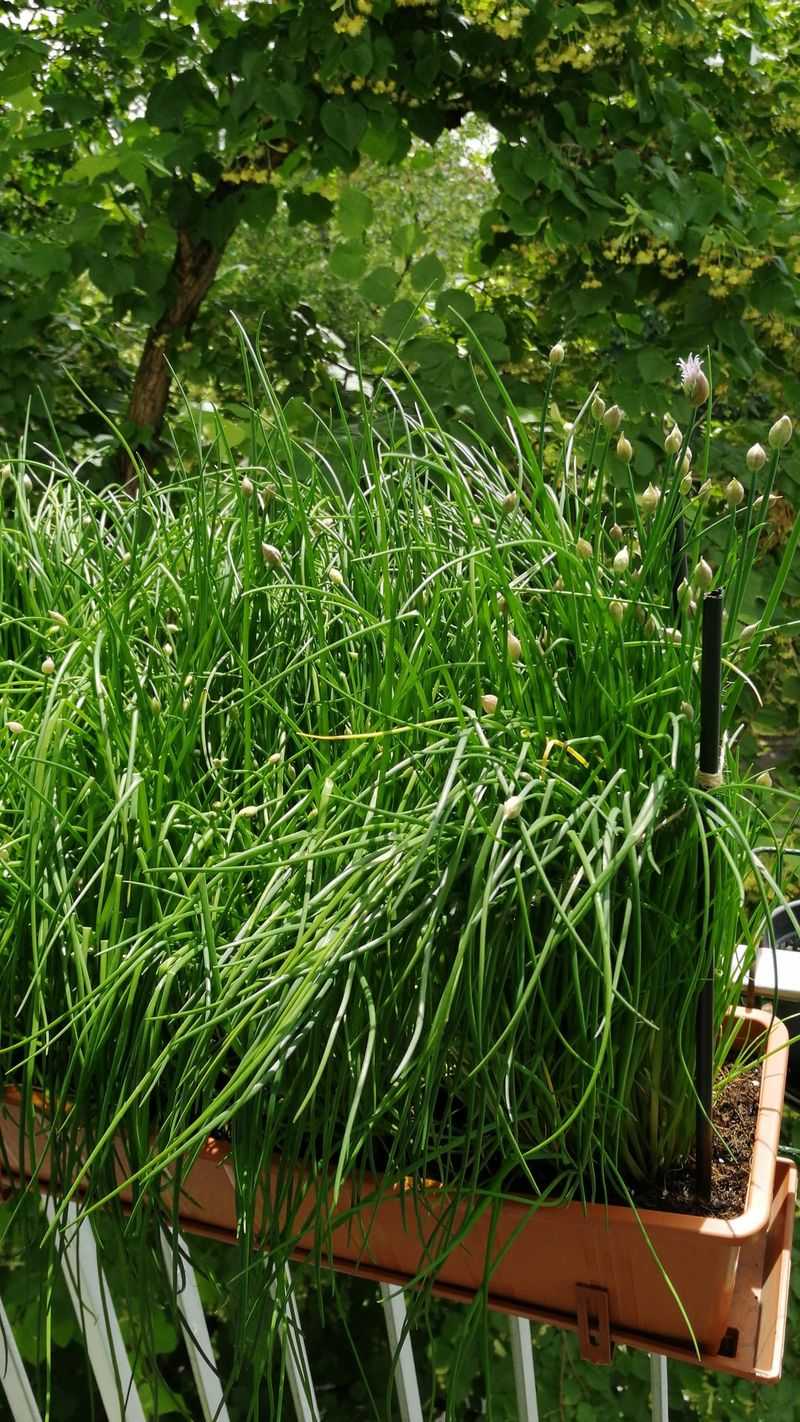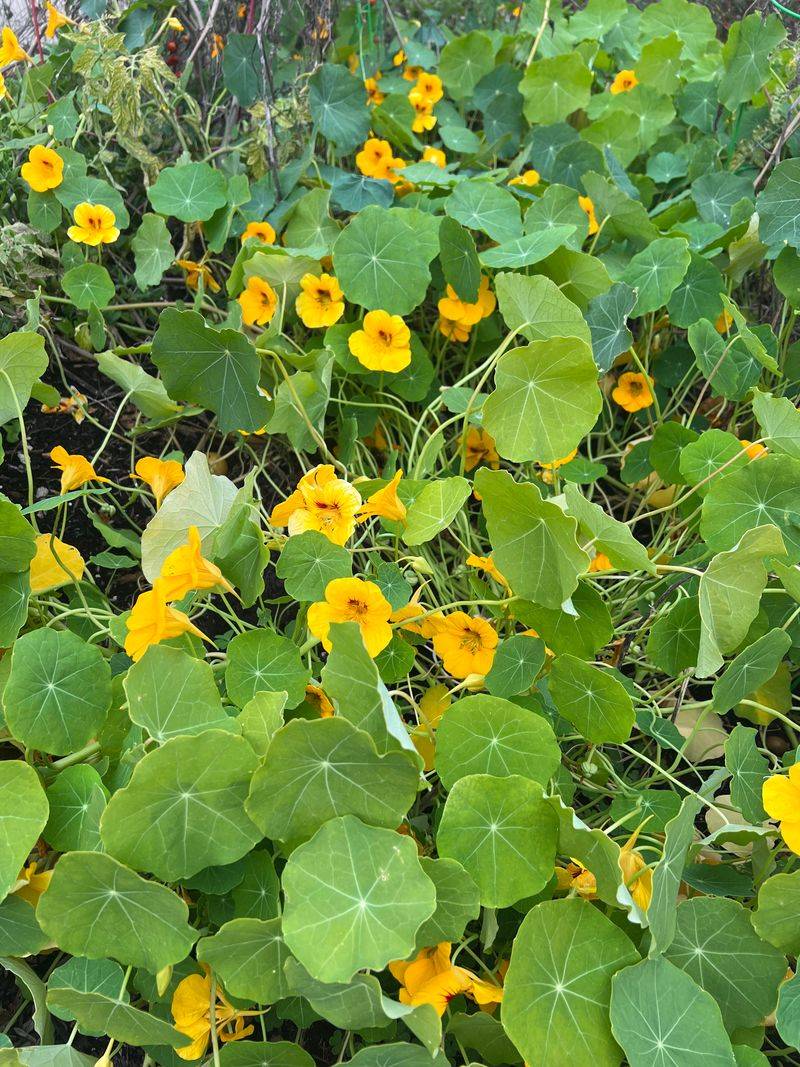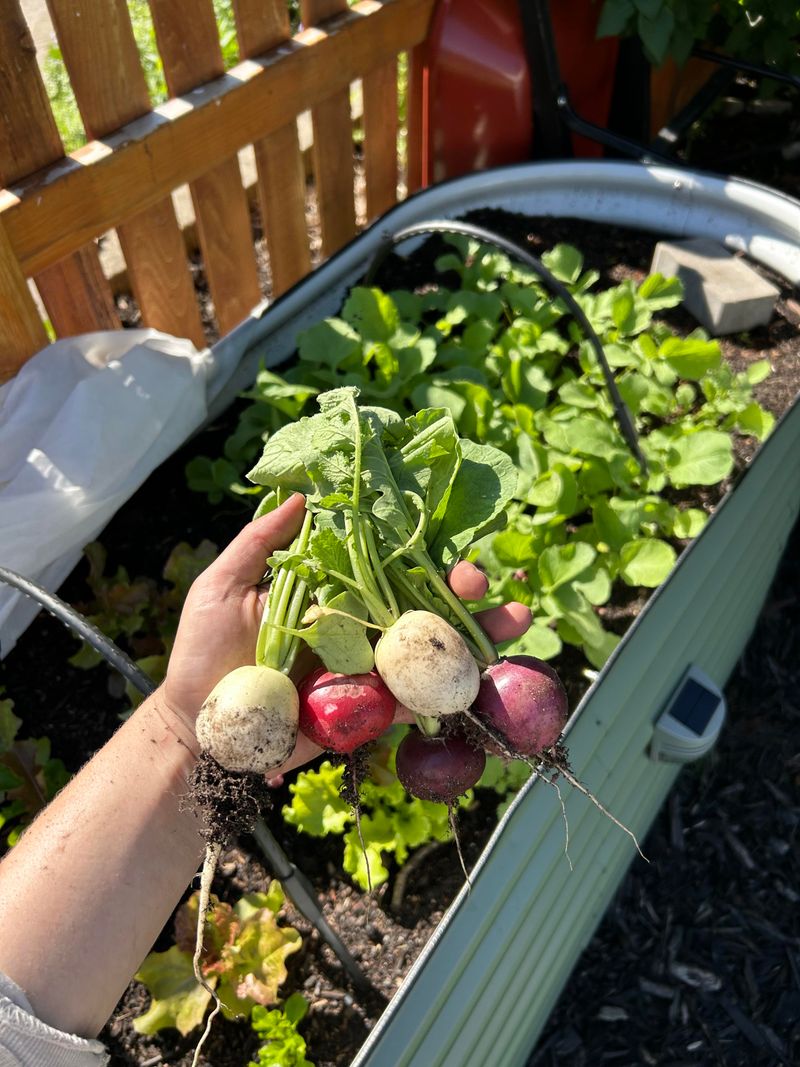Have you ever paired two plants together, only to find them wilting miserably? It turns out, some plants just don’t get along. This is a secret every gardener should know, as incompatible plant pairings can quietly sabotage your garden’s success. In this post, I’ll uncover 25 plant combinations that secretly undermine each other—but don’t worry, I’ve also included 5 perfect pairings that truly thrive together. Whether you’re a seasoned gardener or a curious beginner, understanding these dynamics will help you cultivate a stronger, healthier garden. From herbs that clash to vegetables that compete for space, we’ll explore the combos to avoid—and the ones, like tomatoes and basil or corn and beans, that actually grow better side by side. Let’s dig into these surprising plant relationships and unlock the secrets of successful companion planting.
1. Mint and Parsley
Mint may be fragrant and useful, but it’s a garden bully when planted next to parsley. Its invasive root system spreads aggressively, taking up space and nutrients fast.
Parsley is a slower-growing herb that doesn’t compete well, often becoming stunted and stressed beside mint. Even in pots, mint tends to dominate unless it’s confined. For the health of both, they’re better off in separate containers or beds. Give them room to breathe, and they’ll thank you.
2. Fennel and Tomatoes
Fennel is a fragrant wonder in the kitchen, but it’s toxic to almost everything it shares soil with—especially tomatoes. It releases allelopathic compounds that inhibit tomato root development and overall growth.
Tomatoes are nutrient-hungry and sensitive to interference, so they struggle when planted near fennel. Instead of cooperating, this combo creates unnecessary tension in the soil.
Fennel does best alone in a corner plot or container. Tomatoes will grow more happily with basil or chives instead.
3. Basil and Rue
These two herbs may share garden space in theory, but in practice, basil and rue make a terrible team. Rue emits chemicals that suppress basil’s growth and may alter the taste of its leaves.
Basil, which thrives with partners like tomatoes, can become pale and wilted near rue. The contrast in their soil and sunlight preferences only adds to the clash. Give rue its own space or grow it in a container far away. Keep your basil close to companions that boost its flavor and growth.
4. Onions and Beans
Beans are hardworking nitrogen-fixers, but onions don’t appreciate their efforts. Onion roots emit substances that interfere with the bacteria beans need for nitrogen absorption.
This disrupts the symbiotic relationship beans rely on for healthy growth and productivity. Onions may thrive, but beans will lag behind and struggle to produce. For the best results, grow onions with carrots or lettuce instead.
Beans prefer neighbors like corn and cucumbers.
5. Garlic and Peas
Garlic is an allium powerhouse, but it doesn’t play nice with peas. Its natural compounds can inhibit the nitrogen-fixing bacteria peas rely on.
That leads to poor growth, yellowing leaves, and lackluster yields. Peas are better off paired with carrots or radishes.
Garlic, meanwhile, excels at protecting crops from pests when grown with lettuce or beets. These two just don’t share the soil well.
6. Rosemary and Mint
Rosemary is a dry-soil, sun-loving shrub, while mint loves moist, partly shaded conditions. Together, they create a conflict of needs that leaves both struggling.
Mint also has a tendency to spread uncontrollably, tangling into rosemary’s root zone and stressing it out. Rosemary can become woody and stunted when crowded or overwatered.
The result? Both plants underperform. Keep them separated in different containers or beds tailored to their needs.
7. Dill and Carrots
Dill might look delicate, but it’s a tough competitor when planted near carrots. As it matures, it releases compounds that can stunt carrot growth and root development.
Carrots are slow to establish and easily overwhelmed by dill’s fast-growing nature. The two also attract similar pests, increasing the risk of infestation.
Keep dill away and let your carrots grow undisturbed. Dill does better in its own section or alongside more compatible herbs.
8. Cabbage and Strawberries
Cabbage is a heavy feeder that drains the soil of nutrients quickly—something strawberries can’t keep up with. When grown together, strawberries often become pale and weak.
These plants also attract overlapping pests like slugs and aphids, doubling the risk of infestations. Their soil preferences don’t align either, making them poor neighbors.
For sweeter berries and stronger brassicas, keep them in separate beds. Strawberries prefer friends like spinach or beans instead.
9. Potatoes and Cucumbers
Both of these plants are nutrient hogs, and when planted side by side, they compete fiercely for resources. That leads to smaller yields and more stress on both crops.
They also share a vulnerability to similar fungal diseases, which can spread quickly between them. When grown together, neither reaches its full potential.
To prevent soil exhaustion and disease, keep them far apart. Rotate their planting spots yearly for even better results.
10. Beans and Beets
Beets and beans may seem harmless, but they don’t help each other out in the root zone. Beans can interfere with beet root development and lead to deformed or undergrown bulbs.
Beets, meanwhile, can limit the effectiveness of nitrogen-fixing bacteria in beans. The result is slow-growing, unhappy plants on both sides.
Plant beans with corn or cucumbers, and pair beets with lettuce or onions instead. They’ll all grow stronger with better-suited companions.
11. Corn and Tomatoes
Corn and tomatoes are both tall, sun-hungry crops that quickly become territorial. When grown together, they fight for light, space, and nutrients.
Corn can shade out tomato plants, while tomatoes may struggle to get enough airflow. This creates the perfect setup for mildew and pests.
Give each its own space, and pair tomatoes with basil or marigolds instead. Corn does great with beans or squash in the classic “Three Sisters” combo.
12. Broccoli and Peppers
Broccoli is a heavy feeder that depletes the soil quickly, leaving little behind for peppers. When planted together, peppers often suffer from stunted growth and low yields.
They also prefer slightly different soil conditions, which makes sharing space less than ideal. Broccoli likes cooler temps, while peppers need warmth.
Keep them in separate zones and rotate their spots to avoid soil fatigue. Pair peppers with basil or onions instead for better results.
13. Tomatoes and Potatoes
Tomatoes and potatoes belong to the same plant family, which means they share diseases—especially blight. Growing them together increases the risk of infections that can wipe out both crops.
They also compete for nutrients and root space, making growth more difficult on both sides. It’s a recipe for stress and reduced productivity.
Separate them by at least a garden bed’s width, and rotate annually. Tomatoes will do better with basil, and potatoes love beans or corn nearby.
14. Lettuce and Garlic
Garlic’s natural compounds may be great for repelling pests, but they can be tough on tender lettuce roots. Lettuce needs space and gentler conditions to thrive.
The strong presence of garlic can lead to smaller, bitter lettuce leaves. Their root systems just don’t complement each other.
Grow garlic with beets or carrots, and save the lettuce for friendlier greens. You’ll get better flavor and higher yields from both.
15. Cucumbers and Sage
Cucumbers are thirsty, sprawling plants that thrive in moist soil, while sage prefers things drier and more controlled. Planted together, one usually suffers.
Sage struggles with too much water, and cucumbers wilt under drought stress. Their care needs clash on just about every level.
It’s best to keep sage in a herb bed and let cucumbers grow with companions like beans or nasturtiums. Everyone will be much happier that way.
16. Peppers and Fennel
Fennel is known for being difficult to pair, and peppers are no exception. Its allelopathic properties disrupt pepper growth and can lead to smaller, less productive plants.
Fennel is best grown alone, away from almost everything. Peppers need stability and supportive neighbors to thrive.
Keep these two apart to protect your pepper harvest. Pair peppers with basil or carrots instead for a helpful boost.
17. Beans and Onions
Beans rely on beneficial bacteria to fix nitrogen in the soil, but onions interfere with that microbial relationship. This slows bean growth and weakens the plant.
Onions also prefer different nutrient levels and spacing, creating more stress in shared soil. When planted together, they simply don’t support each other’s success.
Keep onions with carrots or lettuce, and grow beans alongside corn or cucumbers. Companion planting is all about chemistry—and these two don’t have it.
18. Cabbage and Grapes
Cabbage is a nutrient-demanding plant that competes heavily in the soil, while grapevines have deep roots that hate crowding. Together, they stress each other out fast.
Grapes need airflow and light, which cabbage’s dense leaves can block. Cabbage, in turn, won’t thrive under the shade of grapevines.
Separate them into their own zones with room to stretch. Cabbage pairs better with onions, and grapes love shallow-rooted herbs like oregano.
19. Spinach and Potatoes
Spinach grows fast and shallow, while potatoes dig deep and wide—causing a messy tangle below the soil. They end up competing for water and nutrients in a tight space.
Potatoes can also harbor pests and diseases that spinach is sensitive to. That means both crops end up weaker and more prone to problems.
Grow spinach with radishes or peas instead, and give potatoes space with beans or corn. You’ll get a better harvest and healthier plants all around.
20. Leeks and Beans
Leeks are part of the allium family and release compounds that inhibit bean growth. Beans, being nitrogen-fixers, depend on root-friendly soil conditions that leeks disrupt.
This tension underground results in poor growth and low yields for both. Their root systems just don’t play well together.
Leeks do better with carrots or celery, and beans prefer corn or squash. Avoid this awkward combo to keep your soil ecosystem happy.
21. Sunflowers and Potatoes
Sunflowers are beautiful, but they produce allelopathic chemicals that can slow the growth of nearby plants—including potatoes. They also cast heavy shade that potatoes don’t appreciate.
In the ground, their roots compete for water and create dense soil that stresses tubers. The result? Fewer, smaller potatoes and leggy sunflowers.
Grow sunflowers in their own sunny patch and let potatoes thrive in looser, open soil. Everyone wins with a little space.
22. Kale and Strawberries
Kale is a brassica that draws in pests like cabbage worms and aphids, which can quickly hop over to nearby strawberries. The two have very different needs and vulnerabilities.
Strawberries prefer light feeders as neighbors, and kale’s demands wear out the soil quickly. Plus, they don’t offer any benefits to each other’s growth.
Keep strawberries with spinach or borage and grow kale with onions or herbs like thyme. They’ll be far more productive apart.
23. Tomatoes and Kohlrabi
Tomatoes grow tall and need lots of nutrients, while kohlrabi is a low-growing brassica with shallow roots. When planted together, tomatoes often overshadow kohlrabi.
Their root systems compete heavily, and tomatoes don’t provide any real benefit in return. Kohlrabi ends up stunted, while tomatoes stretch and stress.
Separate these two and grow tomatoes with basil or carrots. Kohlrabi does well with lettuce or beets.
24. Chives and Peas
Chives are pungent and powerful in the garden, but their strength can overwhelm delicate peas. The sulfur compounds in chive roots may inhibit the beneficial microbes peas rely on.
Peas are nitrogen-fixers and need a healthy soil environment to thrive, which chives tend to disrupt. While both are great in their own way, they don’t support each other’s growth.
Keep chives near carrots or lettuce, and pair peas with radishes or spinach. Both will thank you with a better harvest and fewer issues.
25. Tomatoes and Basil – The Classic Duo That Grows and Tastes Better Together
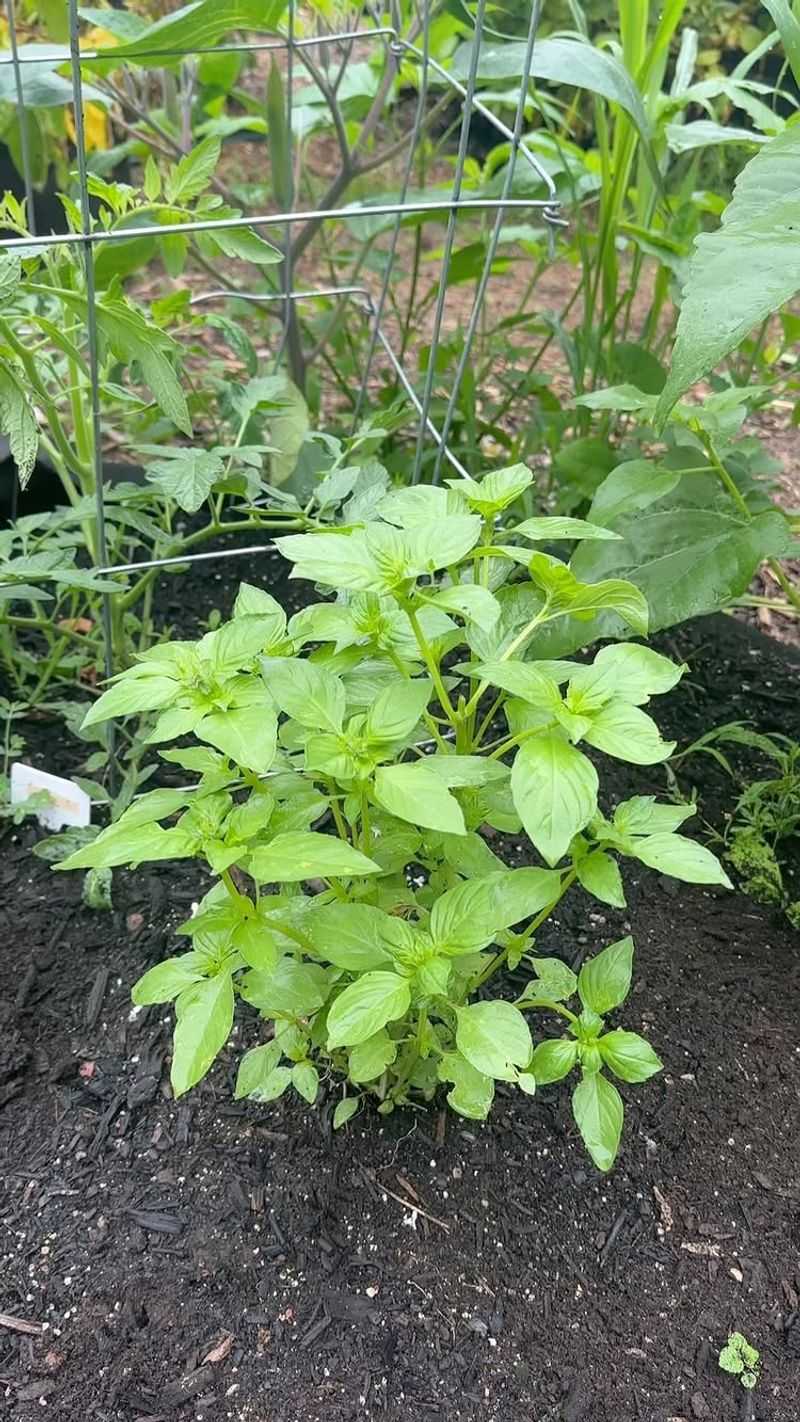
Tomatoes and basil are more than just kitchen soulmates—they’re garden besties, too. Basil naturally repels tomato hornworms, aphids, and whiteflies, helping protect your tomato crop.
Meanwhile, tomato plants offer partial shade that keeps basil cool and fragrant. Their growing needs align perfectly—same sun, same water, same vibes.
Together, they not only boost each other’s health but also improve each other’s flavor. It’s a timeless combo every gardener should try.
26. Carrots and Chives – Root and Herb That Fight Off Pests Together
Carrots and chives make a great team underground and above. Chives repel carrot flies with their strong scent, protecting your tender carrot roots.
They also attract pollinators, which benefits any nearby crops. Carrots don’t mind the shallow roots of chives, and they both enjoy loose, well-drained soil.
It’s a smart pairing that leads to stronger, cleaner carrots. A pest-fighting combo you’ll want to plant again and again.
27. Cucumbers and Nasturtiums – A Pest Trap Meets a Pollinator Magnet
Nasturtiums are cucumber’s best friend in disguise. Their bright blooms lure aphids and beetles away from cucumber vines, acting as a natural trap crop.
At the same time, they attract pollinators, boosting your cucumber yield effortlessly. Both plants enjoy similar soil and watering needs, making care a breeze.
Together, they form a beautiful, functional ground cover. It’s protection and productivity all in one.
28. Corn and Beans – A Vertical Partnership That Feeds Each Other
Corn and beans have been grown together for centuries—and for good reason. Beans fix nitrogen in the soil, feeding the corn naturally.
Corn offers sturdy stalks that climbing beans can wrap around, creating a built-in trellis. It’s an efficient use of space and resources.
They help each other thrive from the ground up. This traditional duo is as smart as it is sustainable.
29. Lettuce and Radishes – The Fast-Growing Pair That Shares Space Beautifully
Lettuce and radishes grow quickly, quietly, and side by side in perfect harmony. Radishes break up the soil, making it easier for lettuce roots to spread.
They mature at different speeds—radishes are ready first, giving the lettuce more room to expand. Their shallow root systems don’t compete, and they both love cooler temps.
This makes them ideal for early spring or fall gardens. An efficient, tasty team that grows better together.

